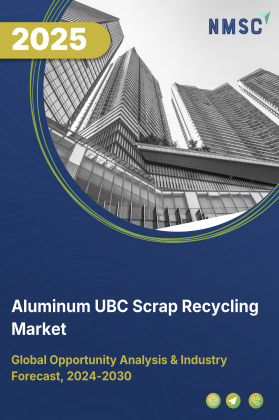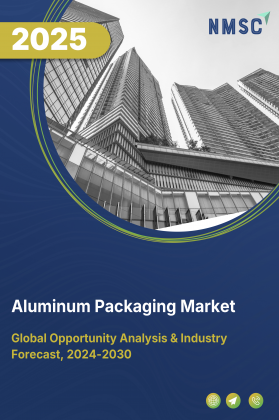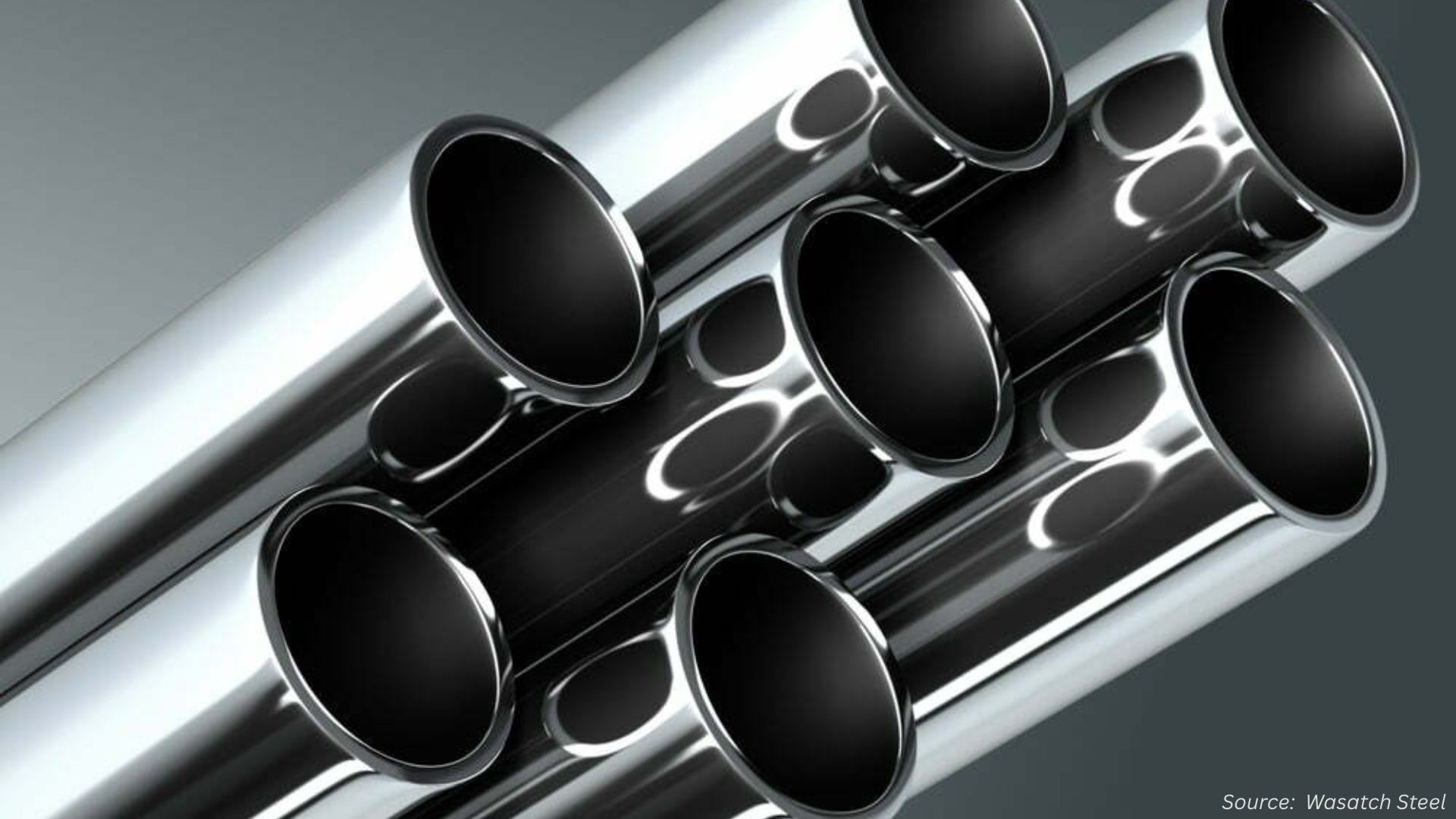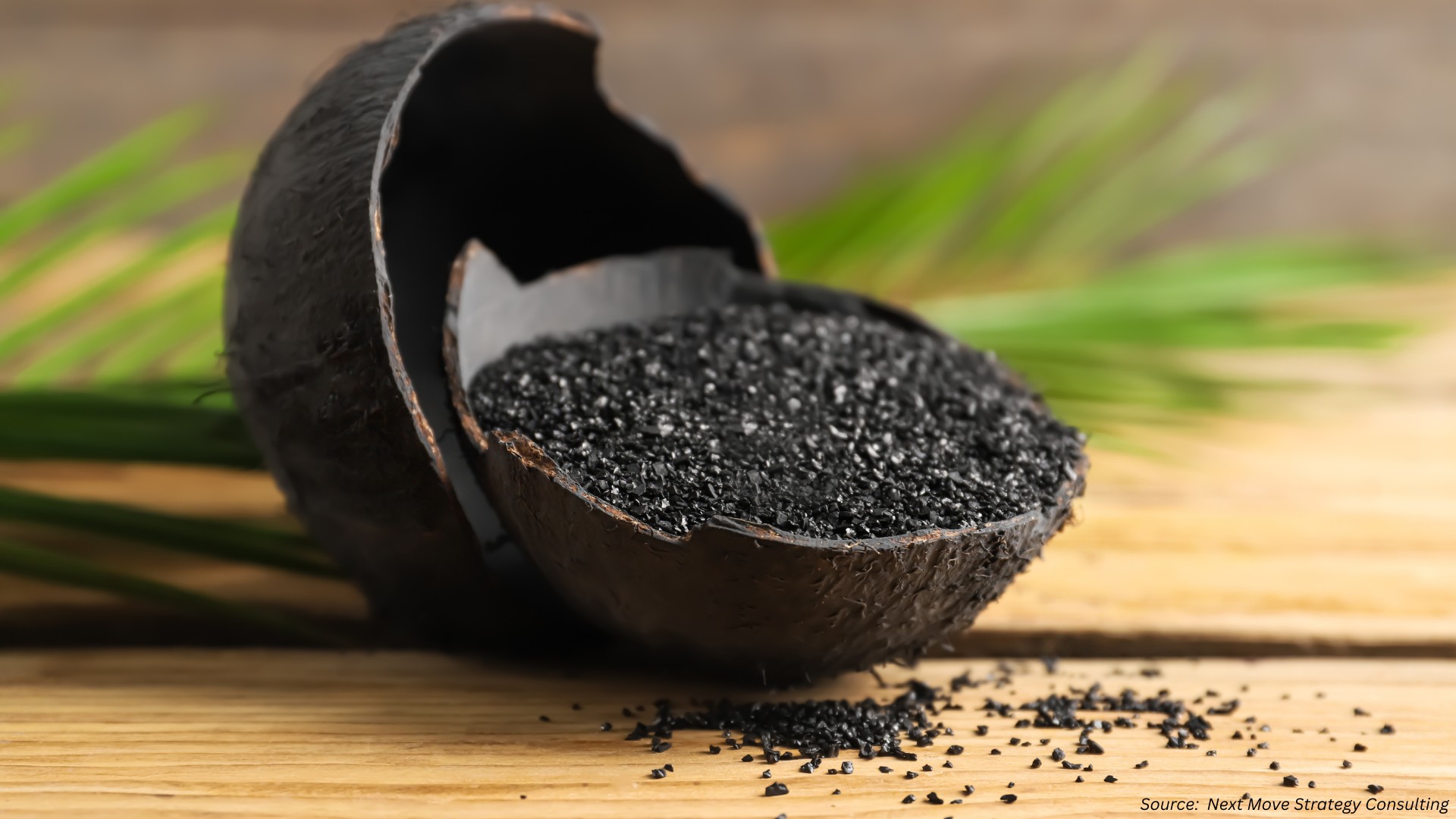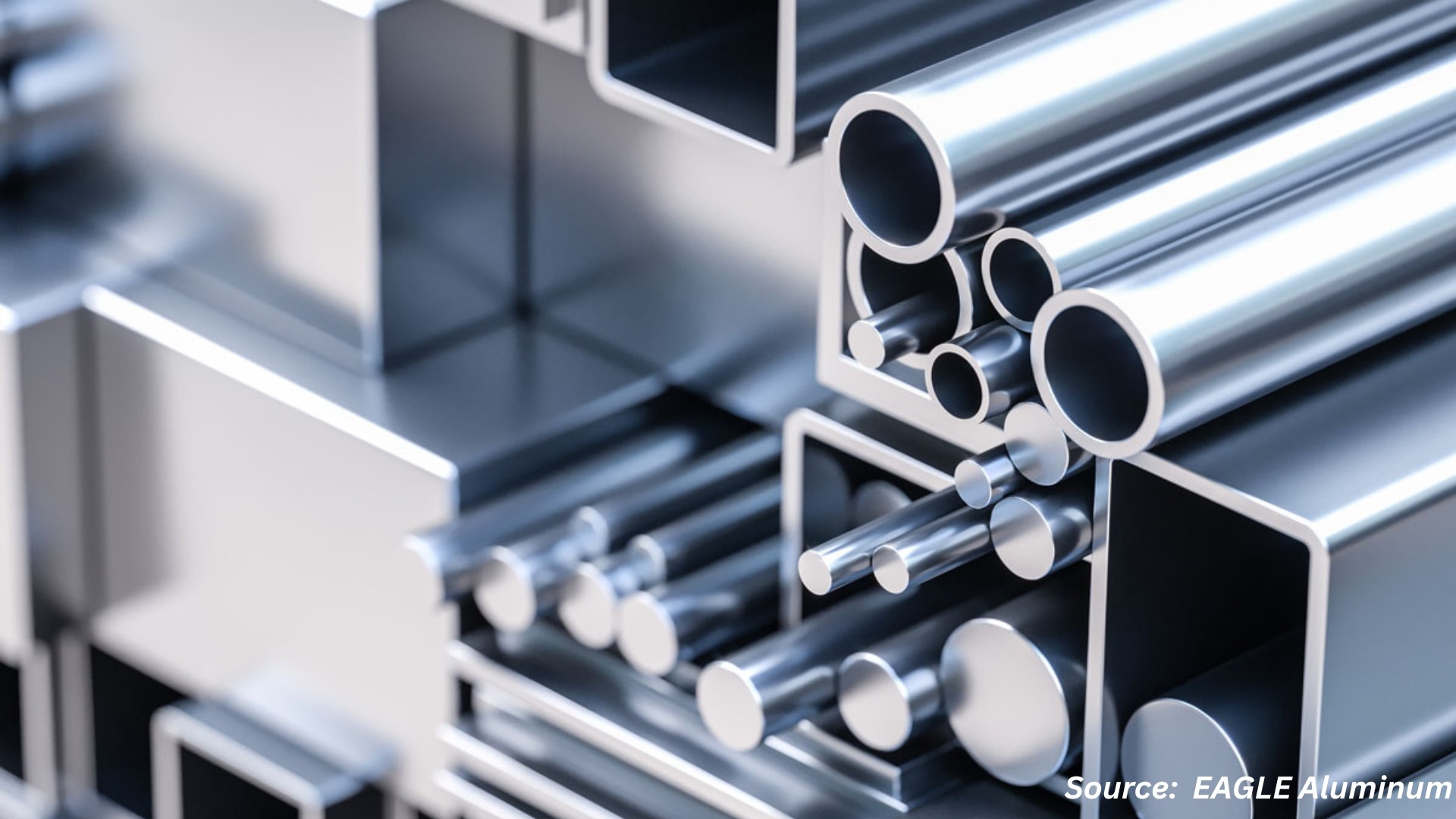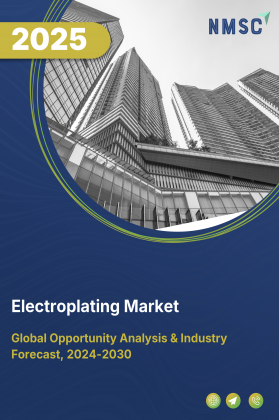
Electroplating Market by Metal Type (Precious Metals, Transition Metals, Alloys), by Process (Rack Plating, Barrel Plating, Continuous, In-line, Brush), by Service Model (Captive, Third-party Platers), by Application (Functional, Decorative, Others), by End User (Automotive & Transportation, Electrical & Electronics, Aerospace & Defense, Machinery & Industrial Components, Jewelry & Luxury Goods, Medical Devices, Others) – Global Opportunity Analysis and Industry Forecast, 2025–2030
Industry Outlook
The global Electroplating Market size was valued at USD 24.50 billion in 2024 and is predicted to reach USD 25.87 billion by the end of 2025. The industry is predicted to reach USD 33.97 billion by 2030 with a CAGR of 5.6% from 2025 to 2030. The industry is witnessing robust growth driven by rising demand from the electronics, automotive, and industrial sectors.
The widespread adoption of mobile devices, consumer electronics, and IoT applications has increased the need for high-quality components with enhanced conductivity, corrosion resistance, and durability. In the automotive industry, the growth of electric vehicles and the demand for lightweight, corrosion-resistant, and aesthetically appealing components further fuel the electroplating market demand.
Industrial applications across aerospace, machinery, medical devices, and construction also support the adoption of electroplating for improved surface performance and longevity. However, environmental and regulatory concerns regarding hazardous chemicals pose challenges, creating opportunities for eco-friendly and advanced plating technologies that offer sustainable, high-performance solutions.
Increasing Demand in Electronics & Electrical Industry Drives the Market Growth
The widespread adoption of mobile devices and other consumer electronics products is driving the demand for high-quality electronic components that rely on electroplating. According to Pew Research Center in 2024, 98% of Americans own a cellphone, and 91% own a smartphone. This massive penetration of mobile and smart devices fuels the need for reliable connectors, circuit boards, and semiconductors that require electroplated coatings for enhanced conductivity, corrosion resistance, and durability. As the electronics and electrical industry continues to expand with the proliferation of smartphones, wearables, and IoT devices, electroplating remains a critical process supporting this growth.
Growing Automotive Industry Fuels Market Expansion
The automotive sector is a significant driver of the electroplating market growth, as electroplating enhances the durability, corrosion resistance, and aesthetic appeal of components such as bumpers, trims, wheels, and engine parts. According to India Brand Equity Foundation (IBEF) in 2025, electric vehicle (EV) sales in India grew by 16.9% in FY25, reaching 1.97 million units compared to 1.75 million in FY24.
The rapid growth of EVs, along with increasing global vehicle production, is driving demand for lightweight, corrosion-resistant, and high-performance components, making electroplating an essential process in modern automotive manufacturing.
Rising Industrial Applications Boost the Market Demand
Electroplating is increasingly used across a wide range of industrial sectors, including aerospace, machinery, medical devices, construction, and heavy equipment. The process enhances surface properties of metal components by improving corrosion resistance, wear resistance, and mechanical strength, thereby extending the lifespan and reliability of industrial equipment.
As industries continue to expand and modernize, the demand for high-performance, durable, and precision-engineered components grows, driving the adoption of electroplating solutions. This trend is particularly strong in sectors requiring stringent quality and safety standards, making electroplating an essential process in industrial manufacturing.
Environmental and Regulatory Concerns Limits the Market Growth
Electroplating processes involve the use of hazardous chemicals such as cyanide, chromium, and heavy metals, which pose significant environmental and health risks if not handled properly. Strict environmental regulations and the high cost of waste treatment and compliance limit the electroplating market expansion, as manufacturers must invest heavily in safety measures, effluent treatment, and eco-friendly alternatives. These regulatory challenges and environmental concerns act as a major restraint for the widespread adoption of traditional electroplating processes.
Adoption of Eco-Friendly and Advanced Plating Technologies Creates New Growth Opportunities for the Market
With increasing environmental awareness and stringent regulations, there is a growing opportunity for the development and adoption of eco-friendly electroplating solutions, such as trivalent chromium plating, pulse electroplating, and non-toxic metal coatings. These advanced technologies not only reduce environmental impact but also improve efficiency, durability, and surface quality of plated components.
Companies investing in sustainable and innovative plating methods capture new markets, meet regulatory requirements more easily, and cater to industries demanding high-performance, environmentally responsible products.
Market Segmentations and Scope of the Study
The electroplating market report is segmented by metal type, process, service model, application, end user, and regions. Metal types include precious metals, transition metals and alloys. Processes comprise rack plating, barrel plating, continuous, in-line, and brush plating. Service models include captive and third-party platers. Applications are divided into functional, decorative, and others. End users span automotive and transportation, electrical and electronics, aerospace and defense, machinery and industrial components, jewelry and luxury goods, consumer appliances and architectural fixtures, medical devices, and others. The market is analysed across North America, Europe, Asia-Pacific, and the Rest of the World.
Geographical Analysis
The growing adoption of electric vehicles is a key driver of the electroplating market share in North America, as EVs require durable, corrosion-resistant, and lightweight components such as battery connectors, chassis parts, and metallic fittings. According to the International Energy Agency (IEA) in 2025, global electric car sales exceeded 17 million in 2024, reflecting rapid growth in EV adoption worldwide.
This surge in EV production, coupled with government incentives and environmental regulations in the U.S. and Canada, is boosting demand for high-performance electroplated components, directly supporting the expansion of the North American electroplating industry.
In Europe, strict environmental and safety regulations are driving the adoption of advanced electroplating technologies that reduce emissions and waste while enhancing component durability. Industries such as automotive, aerospace, and electronics increasingly require corrosion-resistant, wear-resistant, and high-performance metal coatings to comply with European standards.
This regulatory pressure encourages manufacturers to invest in innovative plating solutions, including eco-friendly and non-toxic coatings, which not only meet compliance requirements but also improve product quality and lifespan. Consequently, regulatory-driven demand is a significant growth driver for the market in Europe.
The rapid growth of smartphones and consumer electronics in the Asia-Pacific region is driving demand for electroplated components that enhance conductivity, corrosion resistance, and durability of critical parts such as connectors, circuit boards, and casings. According to India Brand Equity Foundation (IBEF) in 2024, India accounted for 15.5% of global smartphone shipments, second only to China at 22%, highlighting the region’s massive electronics consumption and production. This surge in smartphone penetration and electronics manufacturing is fuelling investments in advanced electroplating technologies to meet the quality and performance requirements of modern devices, making Asia-Pacific a key growth market.
Growing industrialization and large-scale infrastructure projects in the Rest of the World (RoW) are increasing demand for electroplated components. Sectors such as construction, heavy machinery, aerospace, and energy require corrosion-resistant, wear-resistant, and high-durability metal parts to ensure long-term performance and reliability.
The expansion of manufacturing hubs and urban infrastructure in countries across Latin America, the Middle East, and Africa is encouraging the adoption of electroplating technologies, making the Rest of the World an emerging growth market for high-performance metal coatings.
Strategic Innovations Adopted by Key Players
Key players in the electroplating industry are actively pursuing technological innovation, strategic acquisitions, and advanced product launches to enhance their global presence and address evolving industrial requirements.
-
In October 2024, MacDermid Enthone Industrial Solutions announced its intention to acquire Coventya, a move aimed at expanding its surface finishing solutions portfolio.
-
In October 2024, BASF and Fraunhofer IPMS celebrated ten years of R&D collaboration, focusing on the evaluation of new chemicals for electroplating deposition processes.
-
In October 2024, DuPont revealed next-generation solutions at the 2024 TPCA Show, including innovations in bump plating technology for advanced packaging applications.
-
In September 2024, SIFCO ASC launched a new portable all-in-one plating system featuring dripless technology called the Advanced Solution Control System (ASCS), enhancing selective electroplating capabilities.
-
In June 2024, Atotech presented its plated metallization technology for solar cells at the SNEC Photovoltaic Power Conference & Exhibition in Shanghai, China.
Key Benefits
-
The report provides quantitative analysis and estimations of the industry from 2025 to 2030, which assists in identifying the prevailing electroplating market opportunities.
-
The study comprises a deep-dive analysis of the current and future electroplating market trends to depict prevalent investment pockets in the sector.
-
Information related to key drivers, restraints, and opportunities and their impact on the market is provided in the report.
-
Competitive analysis of the key players, along with their market share is provided in the report.
-
SWOT analysis and Porters Five Forces model is elaborated in the study.
-
Value chain analysis in the market study provides a clear picture of roles of stakeholders.
Electroplating Market Key Segments
By Metal Type
-
Precious Metals
-
Gold
-
Silver
-
Platinum group
-
-
Transition Metals
-
Nickel
-
Copper
-
Zinc
-
Tin
-
Chromium
-
Cobalt
-
-
Alloys
-
Zinc-Nickel
-
Tin-Nickel
-
Nickel-Phosphorus
-
Bronze
-
Others
-
By Process
-
Rack Plating
-
Barrel Plating
-
Continuous
-
In-line
-
Brush
By Service Model
-
Captive
-
Third-party platers
By Application
-
Functional
-
Corrosion protection
-
Wear & abrasion resistance
-
Electrical conductivity & solderability
-
Dimensional restoration
-
Thermal resistance
-
-
Decorative
-
Others
By End User
-
Automotive & Transportation
-
Electrical & Electronics
-
Aerospace & Defense
-
Machinery & Industrial Components
-
Jewelry & Luxury Goods
-
Consumer Appliances & Architectural Fixtures
-
Medical Devices
-
Others
By Region
-
North America
-
The U.S.
-
Canada
-
Mexico
-
-
Europe
-
The UK
-
Germany
-
France
-
Italy
-
Spain
-
Denmark
-
Netherlands
-
Finland
-
Sweden
-
Norway
-
Russia
-
Rest of Europe
-
-
Asia-Pacific
-
China
-
Japan
-
India
-
South Korea
-
Australia
-
Indonesia
-
Singapore
-
Taiwan
-
Thailand
-
Rest of Asia-Pacific
-
-
RoW
-
Latin America
-
Middle East
-
Africa
-
Key Players
-
BASF SE
-
DuPont
-
JCU Corporation
-
Technic Inc.
-
Dr.-Ing. Max Schlötter GmbH & Co. KG
-
SIFCO Applied Surface Concepts
-
METALOR Technologies SA
-
TIB Chemicals AG
-
BIA Kunststoff- und Galvanotechnik GmbH & Co. KG
-
Galvano Hengelo GmbH
-
PAVCO
-
Gatto Industrial Platers Inc.
-
GALVANO MONDO
Report Scope and Segmentation
|
Parameters |
Details |
|
Market Size in 2025 |
USD 25.87 Billion |
|
Revenue Forecast in 2030 |
USD 33.97 Billion |
|
Growth Rate |
CAGR of 5.6% from 2025 to 2030 |
|
Analysis Period |
2024–2030 |
|
Base Year Considered |
2024 |
|
Forecast Period |
2025–2030 |
|
Market Size Estimation |
Billion (USD) |
|
Growth Factors |
|
|
Countries Covered |
28 |
|
Companies Profiled |
15 |
|
Market Share |
Available for 10 companies |
|
Customization Scope |
Free customization (equivalent up to 80 working hours of analysts) after purchase. Addition or alteration to country, regional, and segment scope. |
|
Pricing and Purchase Options |
Avail customized purchase options to meet your exact research needs. |

















 Speak to Our Analyst
Speak to Our Analyst



